philodendron leaves grow out ripped on one side
greentoe357
10 years ago
Featured Answer
Sort by:Oldest
Comments (21)
petrushka (7b)
10 years agogreentoe357
10 years agoRelated Professionals
Simpsonville Landscape Architects & Landscape Designers · Saint Charles Landscape Architects & Landscape Designers · Alexandria Landscape Contractors · Edmond Landscape Contractors · Waterbury Landscape Contractors · Barrington Landscape Contractors · Berkeley Heights Landscape Contractors · Columbine Landscape Contractors · Dinuba Landscape Contractors · Ellensburg Landscape Contractors · Fruit Heights Landscape Contractors · Mercedes Landscape Contractors · Four Corners Landscape Contractors · Eastlake Landscape Contractors · Norridge Landscape Contractorsaseedisapromise
10 years agorhizo_1 (North AL) zone 7
10 years agorhizo_1 (North AL) zone 7
10 years agoasleep_in_the_garden
10 years agoaseedisapromise
10 years agopetrushka (7b)
10 years agograbmebymyhandle
10 years agogreentoe357
10 years agorhizo_1 (North AL) zone 7
10 years agoaseedisapromise
10 years agograbmebymyhandle
10 years agograbmebymyhandle
10 years agograbmebymyhandle
10 years agograbmebymyhandle
10 years agograbmebymyhandle
10 years agograbmebymyhandle
10 years agoaseedisapromise
10 years agorhizo_1 (North AL) zone 7
10 years ago
Related Stories

BEFORE AND AFTERSMy Houzz: A 1950s Bungalow Grows Up and Greens Out
Beauty and energy efficiency go hand in hand in this expanded and renovated Massachusetts forest home
Full Story
GARDENING GUIDESHerb Garden Essentials: Grow Your Own Delicious Mint
Pull out a pot for this one. Mint's spreading habit and hard-to-kill nature can be a blessing — if you're properly prepared
Full Story
GARDENING GUIDESWhat Kind of Roses Should You Grow?
Want to add the beauty of roses to your garden? Find out which ones, from old-fashioned to modern, are right for you
Full Story
FALL GARDENING5 Ways to Put Fall Leaves to Work in Your Garden
Improve your soil and yard the organic way with a valuable garden booster that grows on trees
Full Story
TRADITIONAL HOMESHouzz Tour: Historic Victorian Grows to Fit Its Family
Instead of leaving their downtown Santa Barbara home for the suburbs, a couple decided to stay put and add space
Full Story
EARTH DAYGrow a Beautiful Garden With Ecofriendly Greywater
Reducing home water waste means lower bills and a healthier planet. Here's how to set up a greywater home irrigation system that can help
Full Story
FRUIT TREESHow to Grow Your Own Persimmons
Sturdy and easy to care for, these trees offer bright fruit through winter — and keeping them in bounds is no sweat
Full Story
PRODUCT PICKSGuest Picks: Beautiful Bedroom Pieces That'll Grow With Your Girl
Leave tiaras and wands to the dress-up bin. These versatile girls' bedroom pieces will magically transition as she ages
Full Story
HOUSEPLANTS10 Top Plants to Grow Indoors
Brighten a room and clean the air with a houseplant that cascades artfully, stretches toward the ceiling or looks great on a wall
Full Story
HOUZZ TOURSMy Houzz: A Grand Overhaul for a Growing Family
A suburban home's top-to-bottom remodel creates plenty of room for entertaining and for little ones
Full Story






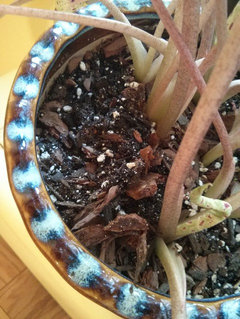

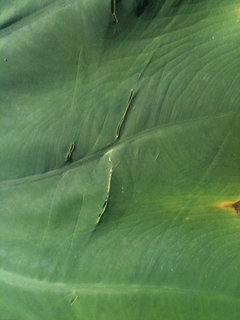

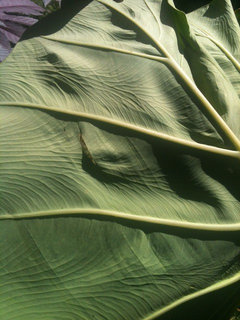
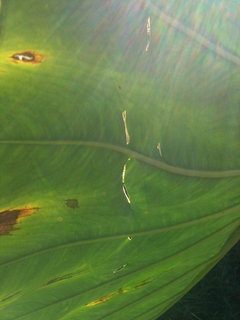

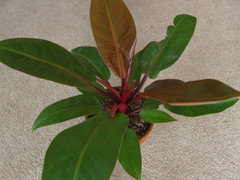


greentoe357Original Author